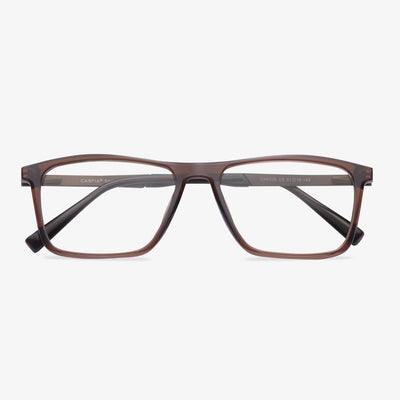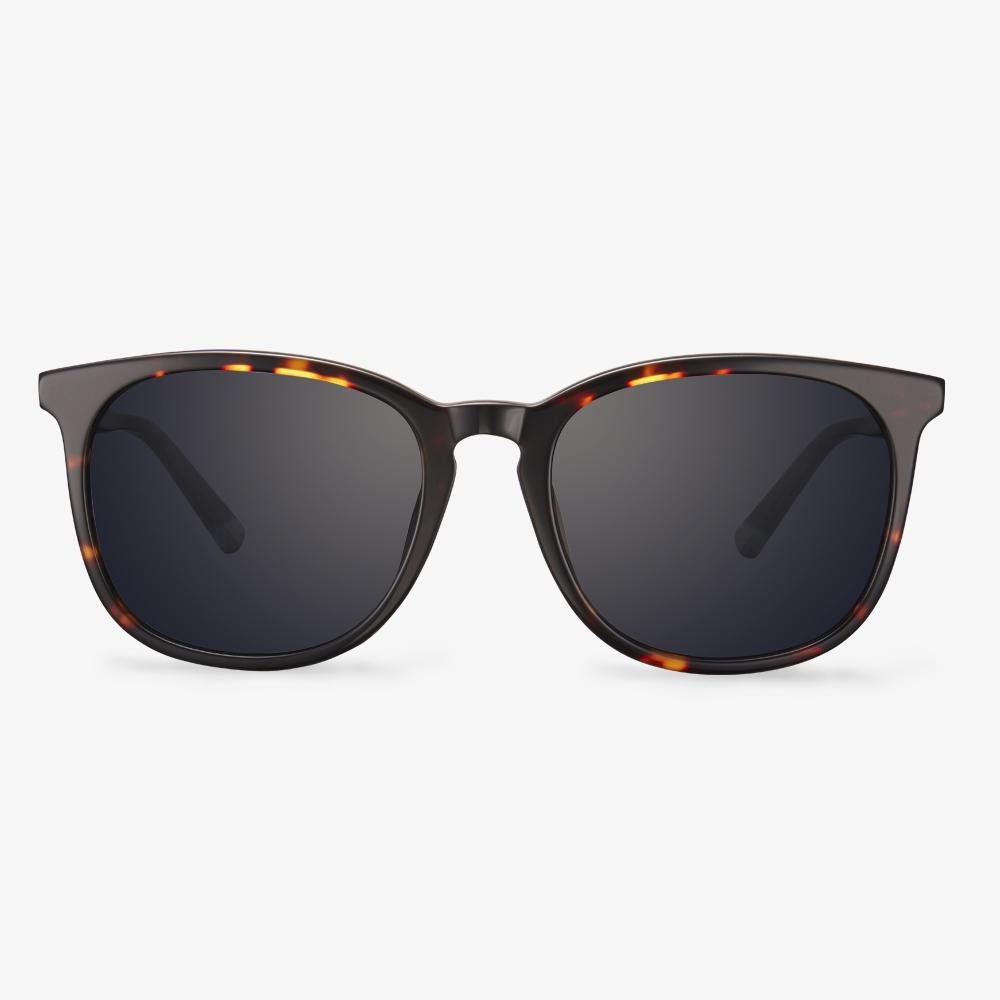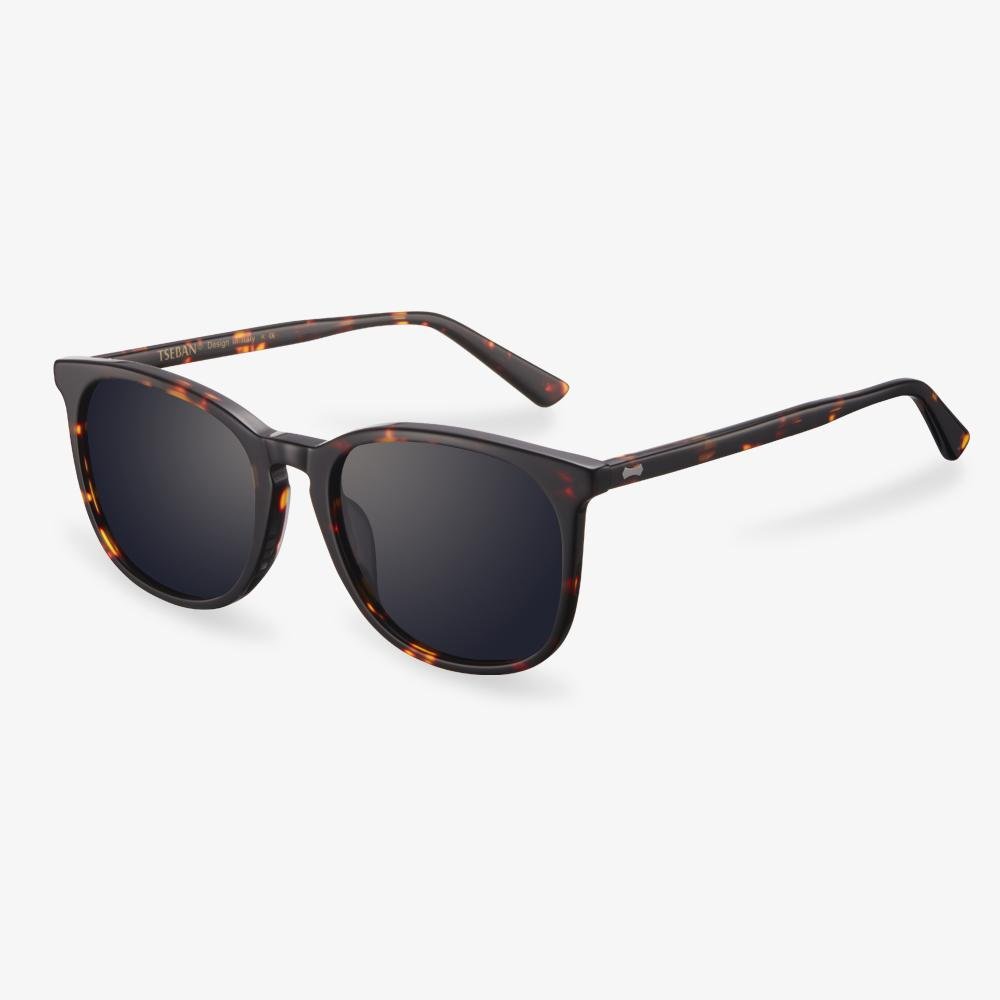What are acetate glasses?
Acetate spectacle frames are the most common spectacle frames on the market. It has a light texture and good gloss, which is very popular among young men and women. Acetate frames are lighter and generally considered to be better than plastic frames. Acetate fiberboard is known for its Hypo-Allergenic, so it is a popular choice for people with sensitive skin. Unlike some plastic or metal frames, they can cause allergic reactions. However, you will find that acetate frames are usually more expensive than ordinary plastic frames. So what is the reason?
Acetate is one of the first synthetic fibers. It was not used to make glasses until the late 1940s. The higher the quality of acetate, the better the gloss and transparency. Not easy to burn is one of the biggest characteristics of acetate fiber. Also because of the non-combustibility of acetate fiber, this material can hardly be affected by ultraviolet radiation to change color, and can better maintain the gloss of the spectacle frame. Moreover, it is light and hard, and it is not easy to deform.
Distinguish true and false myopia firstly.
Children's eyesight is not good for many reasons, excluding organic reasons. Hyperopia, myopia, astigmatism, and other refractive error factors can cause. False myopia, called modulatory myopia on medicine, is caused as a result of eye ciliary muscle overregulation. False myopia is in ciliary muscle paralysis, and the degrees disappear after putting pupil to remove adjustment.
The birth of progressive lenses
In 1907, British optometrist Owen Aves first proposed the concept of progressive lenses and got the first patent of progressive lenses. In 1910, Henry Orford Gowlland designed and made a similar lens in Canada, but technical limitations prevented it from succeeding. In 1959, Bernard Maitenaz, a French optical and mechanical engineer, developed the first progressive lens, which was successfully put into the commercial market for the first time and became a milestone in the history of world optometry. With the development of science and technology, the design of progressive lenses has been greatly developed.
Old glasses can be second-hand goods.
You can set your sights even further through sites like Freecycle, where you can meet like-minded people who are actively trying to become more conscious consumers. You can get involved in the circular economy by selling your eyeglasses on local websites such as Gumtree or eBay.
How do myopic glasses work?
The formation principle of myopia is that when the light from the outside world enters the eyeball, it is refracted by the eyeball's refractive system and cannot be accurately imprinted on the retina. The image is in front of the retina. If a concave lens is placed in front of the eye before the light enters the eye, it shifts the focus of the myopic eye from a point in front of the retina to the back, so that it lands directly on the surface of the retina. When parallel light passes through a concave lens, it diverges, meaning that it has already diverged once before entering the eye and then is refracted normally by the eye's refractive system. When the light is refracted through the eyeball, the distance of the image will be longer. So the distance of the image will be correspondingly pushed back compared to the non-divergent light. But it will just fall on the retina, and the image will be accurate in the right place.
Titanium alloy
The definition of titanium alloy is relatively broad. As long as it contains titanium material, it can be called titanium alloy. Therefore, the quality and grade of titanium alloy glasses frames are uneven, and the component of titanium alloy has a direct impact on the price of titanium alloy glasses. Titanium alloy glasses are made not to reduce the cost, but to improve the application performance of the material.
Why the lens coating is not uniform?
Sometimes we find differences in the color between the convex and concave surfaces, between the center and the edge of the lens, and the anti-reflection effect between the convex and concave surfaces. his is mainly because the lens coating is that it is plated on one surface and then turned over to another surface. And Areas with small curvature changes are easy to coat. So the center of the lens has reached the desired thickness of the film but the edge has not. At the same time, the different curvature of the convex surface and concave surface causes the different coating speed. So the surface of the lens will show green in the center and lavender red or some other color at the edges.




















































